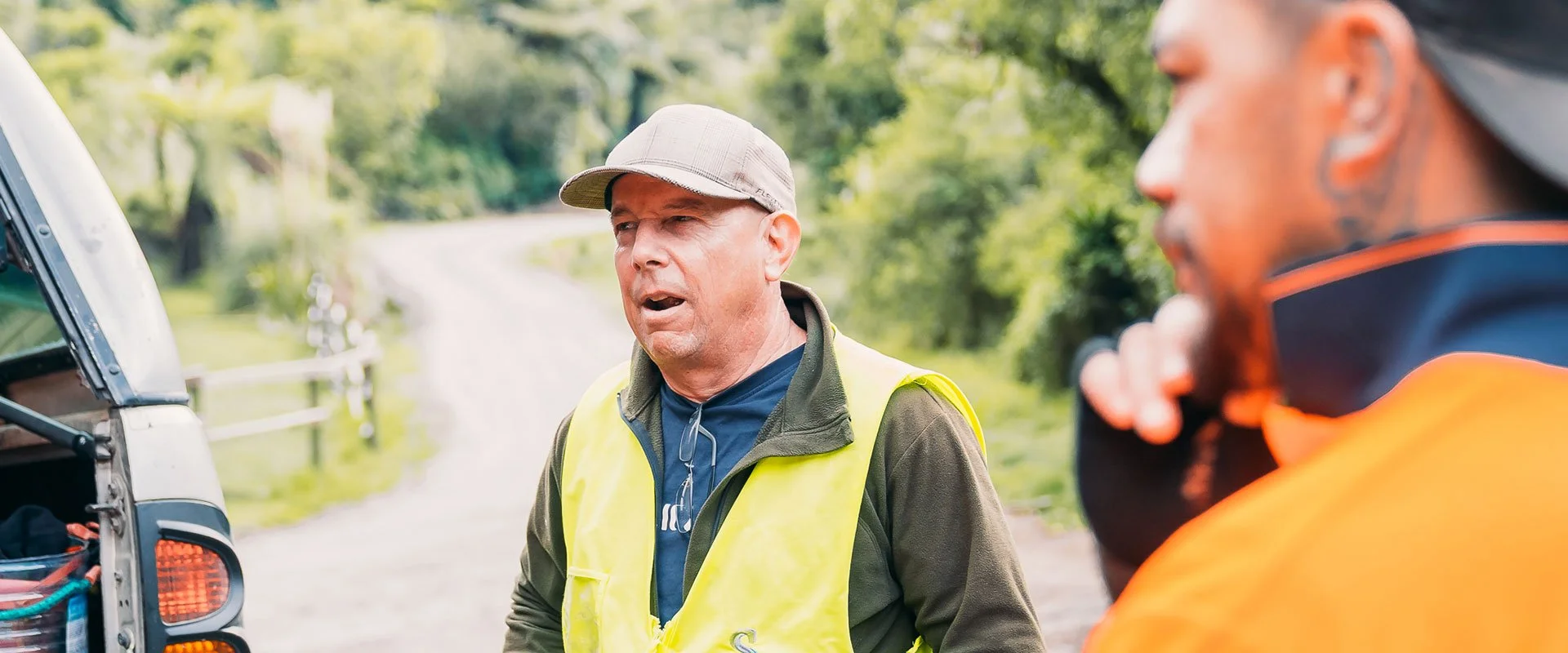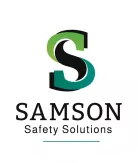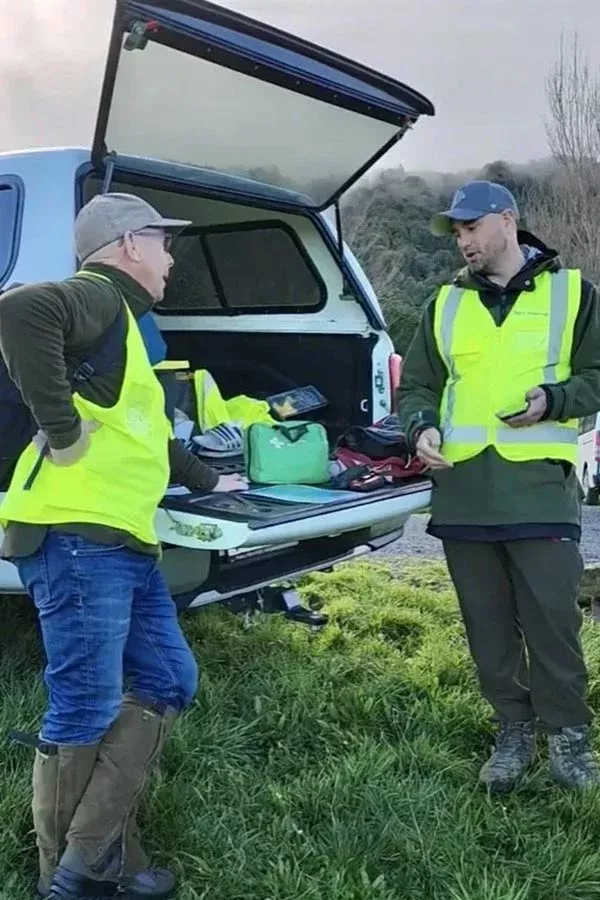
Health & Safety Conversations
Using coaching techniques helps us engage and influence more effectively when we are having health and safety conversations.
It helps us stay ‘neutral’ and helps the person we are having these conversations with often get ‘unstuck’ in their thinking and/or solutions. It draws on their knowledge and experiences, identifies gaps, empowers them to find solutions and takes responsibility for their actions.
These types of health and safety conversations provide learning and insights for you and the recipient. They create shared knowledge, build respect, and grow influence. They are actively seeking to raise awareness and find solutions.
You are doing four things when having these conversations
- Questioning – to understand their perspective
- Listening – what are they saying? And what aren’t they saying?
- Reflecting – back what you have heard and what you have not heard
- Supporting and encouraging so that the person feels heard and involved.
The questions you ask are the most powerful tool in these conversations
Ask WHAT questions approx. 70% of the time. ‘What’ questions discover both the problem/situation and solution, for example:
- What do you think is working well?
- What is your greatest challenge?
- What is stopping us from being safe?
- What do you think is the right thing to do?
Ask HOW questions approx. 20% of the time. ‘How’ questions discover solutions, for example:
- How could you change what is happening?
- How do you see this working?
- How should we do this?
Ask WHERE, WHEN, and WHO questions approx. 10% of the time. These questions are about taking action/responsibility, for example:
- Where would you go for more information, support, and resources?
- When will you do this?
- Who do you need help from?
Avoid WHY questions, if possible, as ‘why’ can make people feel they must explain/justify their behaviour, making them defensive. They then stay stuck in
the challenge
Free Health & Safety Review
Review includes an overview of your current systems and suggestions for improvement.
Book a review today
Interested in finding out more? Contact us today and discover how Samson Safety can help improve your health & safety processes.
"…cost-effective solutions…"
"Right from our first meeting I have found Henry to be a very down to earth practical person. He has provided straightforward, cost-effective solutions to some long-standing Health & Safety issues. We have found Henry to be very helpful and intend to continue using her services in the future."
Milbank Industrial Electric Co



